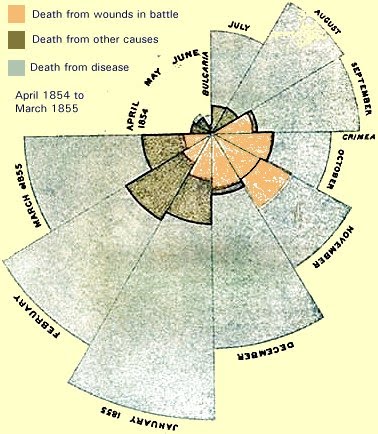“To know your future you must know your past” — George Santayana
Business Intelligence has been with us for a long time, in a variety of guises with different names and methods of implementations. Business Intelligence (BI) existed before computers and in early days was associated with statistics and statistical graphics. Florence Nightingale was a notable pioneer of business and is sometimes given the somewhat dubious accolade of popularising the pie chart.
Early Business Intelligence was at the strategic level as evidenced by Nightingale’s statistics and charts on causes of mortality in the Crimean War.

When computers came along executive management already had the need for Business Intelligence and it was implemented initially in simple summary reports, often produced at the end of a reporting period. Modern Business Intelligence inherits this model of summarising and reporting. The start of the era of Modern Business Intelligence is easily identified by the introduction of the desktop PC and Excel.
Business Intelligence is undertaken for the purpose of creating insights at various levels, we have progressed from strategic BI to tactical BI and now down to the operational level. This has been enabled by reporting tools that often incorporate the ability to download data to a spreadsheet, such as Crystal Reports.
Modern Business Intelligence can operate at the strategic, tactically and operational levels and, most importantly, is available in the cloud on any device. The cloud enables us to easily both consume and share data beyond the confines of our organisations.